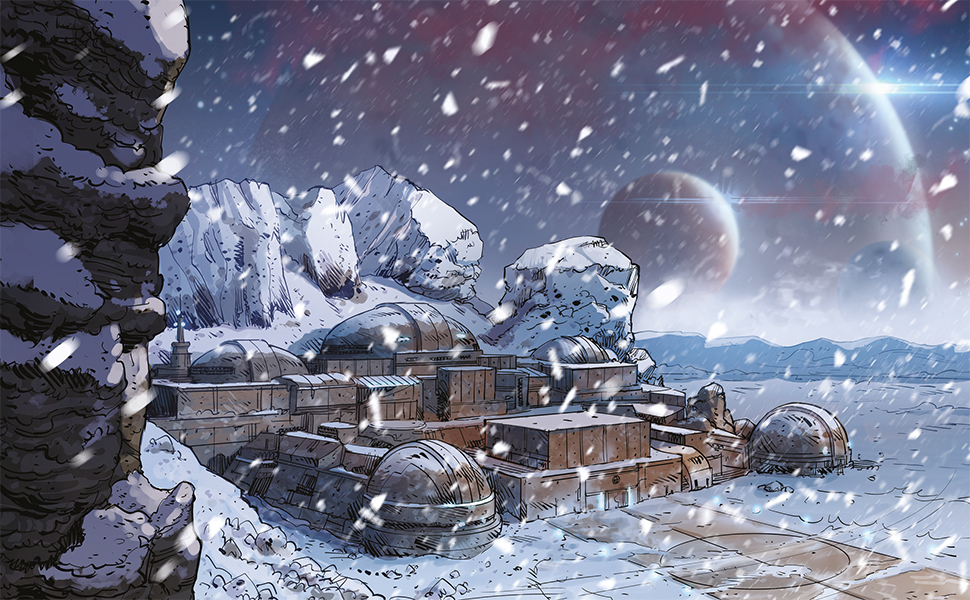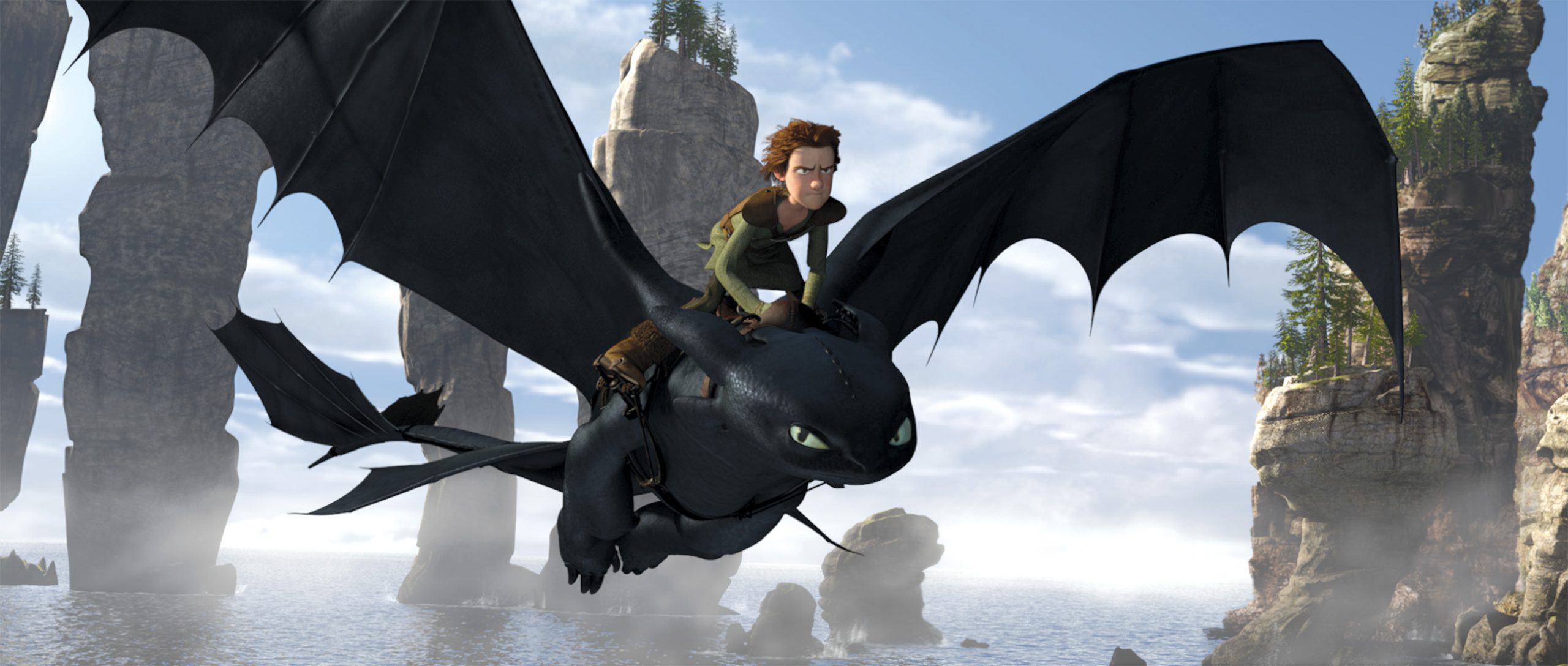The associated Humanoids offer a large galactic saga, Sapiens Imperium that projects you into the future: an intergalactic empire solves its family problems by imprisoning an entire dynasty but the prisoners refuse to let go.
Caesar in the stars
In a thunderclap in the Imperium, the emperor is overthrown and his successor makes a radical decision: imprison the previous imperial family and all its allies. This Khelek people is deprived of its rights and all its wealth. They have survived for several generations in the caves of the prison planet Tazma. Young Xinthia is one of the few who still hopes to flee because the group is plagued by hunger and internal divisions.  The presentation of the whole political context is done on the first page. The reader then understands that Sam Timel was strongly inspired by the Roman Empire. A very large set of planets is ruled by an emperor within the Imperium. He does not rule directly but has representatives on each planet like the governors of the Roman provinces. The emperor leads an elite that has a vast network of allied families. The Imperium is therefore oligarchic because these elite families monopolize power and wealth. They used to fight for power, but now they do so through gladiatorial robot fights. This society is unequal because humans have enslaved other species. Like some hated emperors, the fallen dynasty is erased from memory.
The presentation of the whole political context is done on the first page. The reader then understands that Sam Timel was strongly inspired by the Roman Empire. A very large set of planets is ruled by an emperor within the Imperium. He does not rule directly but has representatives on each planet like the governors of the Roman provinces. The emperor leads an elite that has a vast network of allied families. The Imperium is therefore oligarchic because these elite families monopolize power and wealth. They used to fight for power, but now they do so through gladiatorial robot fights. This society is unequal because humans have enslaved other species. Like some hated emperors, the fallen dynasty is erased from memory.
Space opera in prison
This volume begins sixty-five years after the fall of the emperor. The children of the survivors live like barbarians because of the harsh conditions of detention: they wear coarse clothes and live in caves. Many soon died of disease or starvation. Constrained by the lack of supplies, these survivors trade with non-humans. So they broke out of the dominant racist conception in the Imperium. Two of the youngest who have known only captivity have found an unguarded exit. They want to organize a revolt but not all share their thirst for freedom. The first half focuses on life in this prison planet and the organization of the escape. The sequel explores in parallel two survival situations, one on a desert planet and the other by conflicts between families of the Imperium. Both are just as exciting because, over the pages, characters become complex. In the middle of the book, there are political debates within the imperial court. What should be done with this prison? The emperor's sons disagree. The heir wants to exterminate them and the other wants to give them a chance. The rest will raise the question of forgiveness.  Sapiens Imperium does not really have a link with current events but takes you into a different and devilishly well-constructed world. This first volume is an excellent space opera, like Star Wars. We find the codes of science fiction with names and invented terms. Jorge Miguel's drawing is very simple but he effectively renders the action and the vast landscapes of the different planets. A superbly illustrated chronology at the end of the volume also offers promising avenues to explain how humanity has reached this advanced level of development. Sapiens Imperium is the cheapest space travel on the market. It will offer you a very dense narrative with many action scenes but not only. You will penetrate the mysteries of the imperial court and you will even see prisoners become Robinsons. At the end of the volume, we want to discover more about court life or a new planet. Fortunately, the end of this volume announces a possible sequel in a second cycle. You can discover another story from the same publisher, L'évadé de C.I.D. Island and Fallen World at Bliss editions.
Sapiens Imperium does not really have a link with current events but takes you into a different and devilishly well-constructed world. This first volume is an excellent space opera, like Star Wars. We find the codes of science fiction with names and invented terms. Jorge Miguel's drawing is very simple but he effectively renders the action and the vast landscapes of the different planets. A superbly illustrated chronology at the end of the volume also offers promising avenues to explain how humanity has reached this advanced level of development. Sapiens Imperium is the cheapest space travel on the market. It will offer you a very dense narrative with many action scenes but not only. You will penetrate the mysteries of the imperial court and you will even see prisoners become Robinsons. At the end of the volume, we want to discover more about court life or a new planet. Fortunately, the end of this volume announces a possible sequel in a second cycle. You can discover another story from the same publisher, L'évadé de C.I.D. Island and Fallen World at Bliss editions.






































